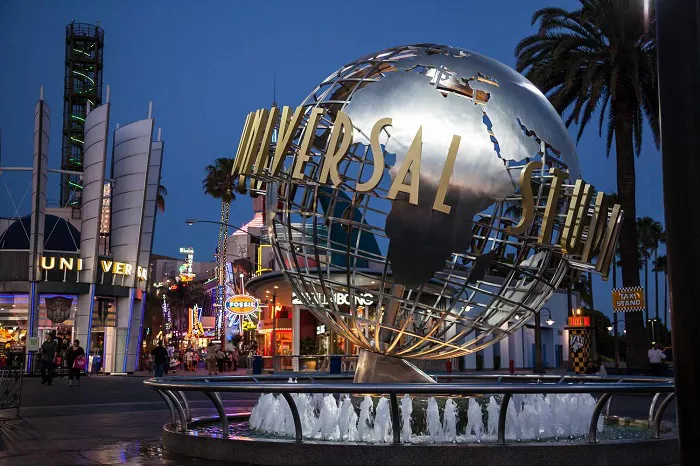Universal Studios Hollywood has successfully launched a new spring hard-ticket event, Fan Fest Nights, transforming a traditionally slow season into a promising revenue opportunity. Echoing the financial success of Halloween Horror Nights (HHN), this new offering positions itself as a springtime counterpart—blending immersive entertainment with genre fandoms across science fiction, fantasy, anime, and gaming.
Running on select nights through May 18, the event operated from 7 p.m. to 2 a.m., with general admission priced between $74 and $84. Early response has been overwhelmingly positive, indicating strong market potential for the “HHN meets Comic-Con” format. If Universal can consistently turn the shoulder period between spring break and summer into a viable profit window, it may pave the way for broader adoption by theme park operators nationwide.
Immersive Worlds and Key Offerings
Fan Fest Nights centers on eight intellectual properties, realized through “In World Experiences,” themed zones, and character meet-and-greets. The standout among them is Back to the Future: Destination Hill Valley—an ambitious, 45-minute looping performance staged on Universal’s original Courthouse Square backlot.
Guests are transported via a retrofitted tram, where Doc Brown provides a 1950s slang guide before their arrival in Hill Valley. Once inside the iconic town square, visitors choose which characters to follow as actors perform pivotal scenes from the 1955 timeline, culminating in the lightning-strike finale at the clock tower. Live effects, period-accurate detail, and continuous actor improvisation elevate the production. However, dense crowding around major scenes highlights the need for improved traffic flow systems in future editions.
Other featured experiences include:
- Dungeons & Dragons: Secrets of Waterdeep: A 12-minute walk-through featuring multiple detailed sets and an 8-foot animatronic Xanathar. Though marketed as interactive, the experience unfolds more as a moving theatrical vignette than a participatory quest.
- Star Trek: Red Alert: Situated in the former Walking Dead maze space, this experience guides guests aboard the USS Enterprise-D for a first-contact mission narrative. It follows a pulse-format walkthrough similar to HHN mazes but lacks a climactic payoff.
Smaller-scale activations focus on popular fandoms such as One Piece, Jujutsu Kaisen, and Wicked. Notably, the Jujutsu Kaisen 4D film was imported directly from Universal Studios Japan without localization, while Super Nintendo World hosted a Yoshi-themed scavenger hunt that routinely attracted wait times of 60 to 90 minutes.
The Wizarding World featured roaming magical creature puppets and debuted the Hogwarts Always projection show on the West Coast. Meanwhile, Universal Plaza served as the main hub for cosplay gatherings and trivia contests, though these drew smaller crowds compared to IP-based meet-and-greets.
Industry Implications
The success of Fan Fest Nights delivers valuable insights for theme park operators looking to monetize traditionally underperforming periods:
- Leverage Unique Assets: Universal’s use of the original Back to the Future set demonstrates the power of exclusive, site-specific content. Regional parks should identify their own irreplicable assets or narratives.
- Align Format with Fan Expectations: Different fandoms have different interaction norms—gamers expect interactivity, cosplayers seek visibility. Programming must reflect these expectations to create engagement.
- Scale Investment to Audience Size: Budget allocation should be based on measurable fan interest, such as local convention turnout, online chatter, or streaming viewership—not nostalgic sentiment.
- Spring is a Viable Revenue Window: Universal has shown that IP-driven nighttime events can thrive in the shoulder season. Regional parks may benefit from hosting scaled-down Fan Fest events tied to local conventions or e-sports tournaments to supplement daytime attendance.
Conclusion
Universal Studios Hollywood has not only introduced a compelling new guest experience but also demonstrated a scalable business model for spring events that prioritize immersive, fandom-driven entertainment. As operators seek new ways to stretch profitability beyond traditional peak seasons, Fan Fest Nights offers a proven blueprint. The challenge now lies in refining execution and adapting the model to fit the unique strengths and audiences of each park.

